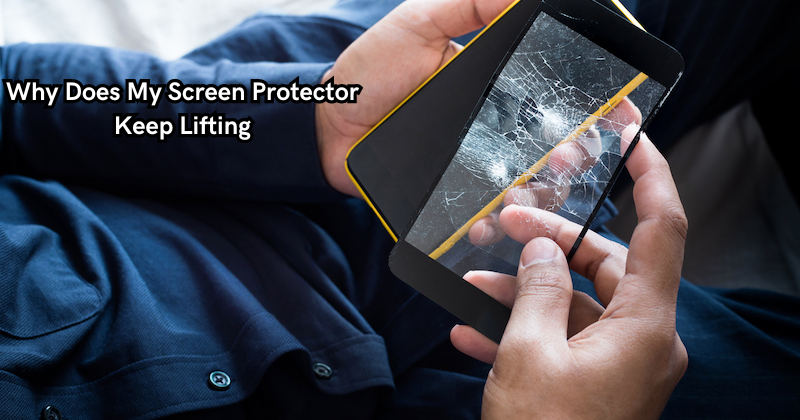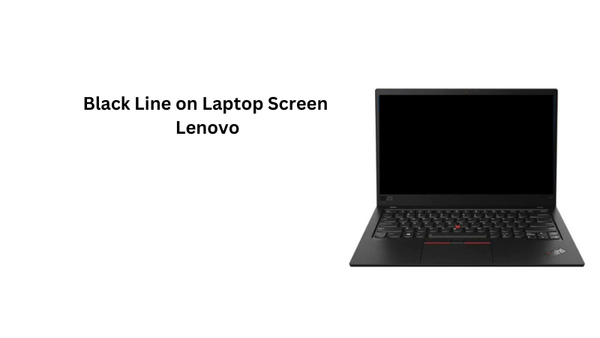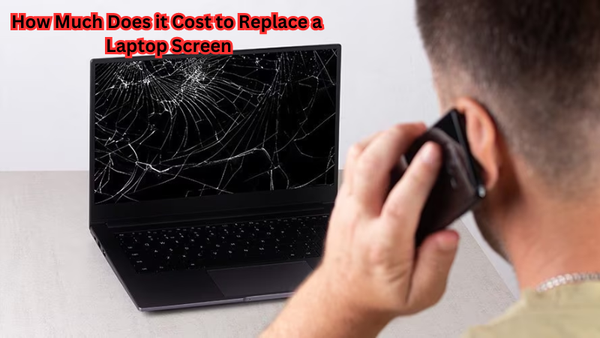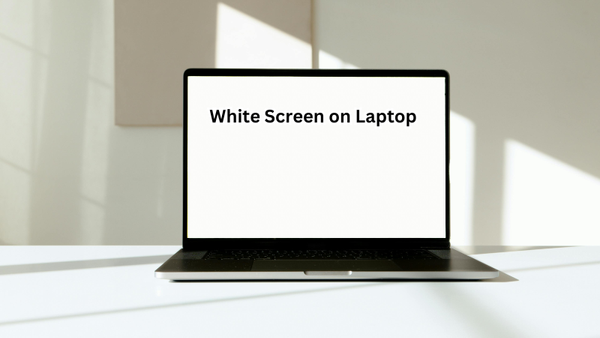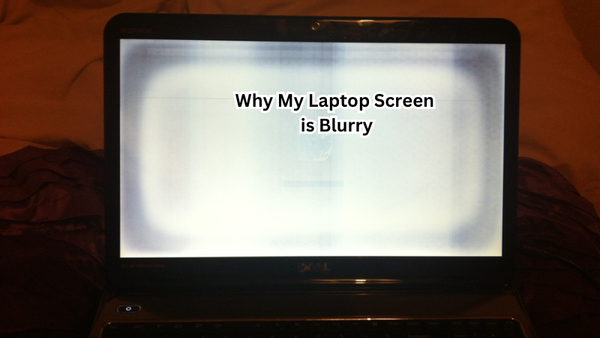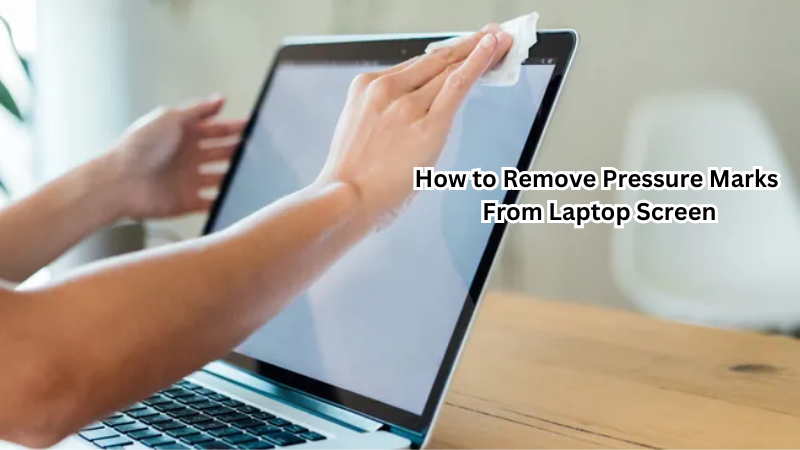Screen protectors can be a vital shield for your device, but it can be frustrating when they start lifting. Several factors could contribute to this issue. One common reason is improper installation - if the screen protector isn't applied correctly, it may not adhere properly.
Another factor could be the quality of the screen protector itself; low-quality protectors are more prone to peeling. Environmental factors like humidity and temperature variations can also affect adhesion.
Understanding these reasons can help you address the issue effectively and ensure your screen protector stays securely in place, providing the protection your device needs.
Let's delve into these factors in more detail.
Importance of Proper Installation
Proper installation is crucial for the longevity and effectiveness of your screen protector. If not installed correctly, it may leave gaps or bubbles between the protector and the device's surface, which can lead to lifting. Taking the time to carefully clean and prepare your device before applying the screen protector can significantly affect its adhesion.
Additionally, following the manufacturer's instructions and using tools like a microfiber cloth or squeegee can help ensure a smooth and secure application. Lint free cloth and dust removal stickers can also be beneficial in preventing dust particles from getting trapped between the protector and the device.
If you're unsure about the installation process, consider seeking professional help to ensure your screen protector is correctly applied.
What Makes a Screen Protector Stick?
The adhesive used in screen protectors is crucial in its ability to stick to your device's surface. Different types of adhesives offer varying levels of durability and strength, with some being more prone to lifting than others.
Let's explore the various types of screen protectors and their adhesive properties in detail.
Liquid Adhesive Screen Protectors
Liquid adhesive screen protectors are a newer technology in the market and offer a unique solution for lifting issues. Instead of sticking directly to the device's surface, they use a liquid adhesive that forms a strong bond with the screen protector and device. This method eliminates any chances of air bubbles or gap formations, making it less likely to lift.
Dry Adhesive Screen Protectors
Dry adhesive screen protectors are the most commonly used type and come with an adhesive layer pre-applied. These protectors require minimal preparation before application and adhere to the device's surface through static cling or a light adhesive layer.
While they offer good protection, they may be more susceptible to lifting due to their lighter adhesion. A film protector is one example of a dry adhesive screen protector.
Tempered Glass Screen Protectors
Tempered glass screen protectors use a strong silicone adhesive that provides excellent adhesion and makes it less prone to lifting. However, installation is crucial for this type of protector, and improper application can lead to gaps or bubbles, causing lifting.
Trapped air or dust particles can also affect the adhesive's strength, so clean your device carefully before applying.
These are the three most commonly used types of screen protectors, and knowing their adhesive properties can help you choose the right one for your device.
Why Does My Screen Protector Keep Lifting
Now that we've explored the different types of screen protectors and their adhesive properties let's dive into the environmental factors that can contribute to lifting.
Humidity
High humidity levels in the air can weaken the adhesive on your screen protector, making it more likely to lift. When moisture gets between the protector and the device, it can cause bubbles or gaps that lead to lifting.
Friction
Constant friction from sliding your device in and out of pockets or bags can also cause the screen protector's edges to lift. This is especially true if you have a dry adhesive protector, as it may not have strong enough adhesion to withstand frequent rubbing.
Temperature Variations
Extreme temperatures can also affect the adhesive on your screen protector. For example, leaving your device in a hot car or exposing it to direct sunlight for long periods can cause the adhesive to melt and weaken. Similarly, using your device in cold environments can make the adhesive brittle and lead to lifting.
To prevent these issues, avoid exposing your device to extreme temperatures and store it in a cool, dry place when not in use.
Quality of Screen Protector
Not all screen protectors are created equal. The type and quality of materials used in making the protector can significantly affect its adhesion. Low-quality protectors are more likely to lift or peel over time, especially with frequent use and exposure to environmental elements.
Investing in a high-quality screen protector from a reputable brand can significantly reduce the chances of lifting and provide better protection for your device's screen. Look for tempered glass or multi-layered film protectors that offer superior strength and durability.
Improper Installation
Installing a screen protector requires precision and patience. If the protector is not applied correctly, it may start lifting at the corners or edges. This can happen if there are air bubbles trapped under the protector during installation or if there is dirt or debris on the surface of the device before applying the protector.
To avoid this issue, follow the manufacturer's instructions carefully and make sure to clean and prepare your device before installation. It may also be helpful to practice using a spare screen protector or seek professional help if you're unsure about the installation process.
Compounds
Some compounds, such as oils from your hands or lotions, can weaken the adhesive on your screen protector. To prevent lifting, make sure to clean your device's surface thoroughly before applying the protector, and avoid using it with oily or lotion-covered hands.
These are some common reasons a screen protector may keep lifting. By choosing the right type of protector and taking proper care during installation and use, you can prevent this issue and maintain the longevity and effectiveness of your screen protector.
How Do You Stop a Screen Protector From Lifting?
If your screen protector has started to lift, there are a few steps you can take to fix the issue and prevent further lifting:
Check the Contours:
One common cause of lifting is if the edges or corners of the screen protector do not align properly with your device's surface. Check for any gaps or misalignments and gently push them down to ensure a secure fit. Lifting the entire screen protector may indicate a larger issue, such as humidity or improper installation.
Remove and Reapply:
If you notice significant lifting, removing and reapplying the protector may be necessary. Make sure to clean your device thoroughly before reapplying, and pay extra attention to aligning the edges and corners correctly.
Tuck the Edges:
If the lifting is minimal, gently tucking the edges of the screen protector under your device's case can help keep it in place. A phone screen protector is not only a solution to protect the phone's screen, but it is also meant to add beauty and sleekness to your device.
Screen protector edges can lift due to environmental factors or improper installation, but with proper care and maintenance, it can provide long-lasting protection for your phone screen.
Use Heat:
If you have a tempered glass screen protector, using heat can help soften the adhesive and make it easier to remove any air bubbles or gaps. You can use a hairdryer on low heat or hold your device near a hot light source for a few minutes before applying gentle pressure to the protector's edges.
Replace the Protector:
If you've tried all of these steps and your screen protector continues to lift, it may be time to invest in a new screen protector. Just buy case-friendly screen protectors that are best for your phone's model. As mentioned earlier, quality plays a significant role in preventing lifting, so consider upgrading to a higher-quality protector from a reputable brand.
Can You Reapply for a Screen Protector?
Yes, you can reapply a screen protector if it starts to lift or peel. However, the longer you wait, the more challenging it can be to remove and reinstall without causing damage.
It's always best to address any lifting issues as soon as they arise to prevent further damage or potential cracks on your device's screen. Taking proper care during installation and following these tips can help prolong the life and effectiveness of your screen protector. So, keep an eye out for any signs of lifting and take action promptly to ensure your device's screen stays protected.
The right type of screen protector and proper installation are key to preventing lifting, but environmental factors and quality also play a significant role. In just my opinion, it is always better to be safe than sorry. If you notice any signs of lifting, it's best to address the issue immediately by following these simple steps.
FAQs
Why is my screen protector coming off?
A screen protector may come off due to a variety of reasons, including environmental factors such as extreme temperatures or compounds like oils and lotions. Improper installation and low-quality materials can also contribute to lifting.
Should I remove my screen protector if it's cracked?
Yes, if your screen protector is cracked or damaged, it's best to remove it and replace it with a new one. A cracked protector can affect its effectiveness in protecting your device's screen and may also cause further damage. So, it's better to replace it as soon as possible.
Can I use water to install a screen protector?
No, most screen protectors come with a specific adhesive or solution for installation. Using water can damage the protector and may not provide a secure fit.
Will removing and reapplying my screen protector affect its effectiveness?
No, as long as you follow proper installation techniques, removing and reapplying your screen protector should not affect its effectiveness. However, if it has been removed multiple times or is damaged in the process, it may not provide the same level of protection as a new one.
Conclusion
In conclusion, the persistent issue of a lifting screen protector can stem from various causes, such as improper installation, low-quality materials, or environmental conditions.
By understanding these factors, you can take proactive steps to address the problem effectively. Ensuring a thorough and precise application of the screen protector, opting for high-quality protectors, and being mindful of the surroundings where your device is used can significantly contribute to better adhesion and longevity of the screen protector.
By implementing these measures, you can enjoy the full benefits of screen protection without the inconvenience of constantly dealing with a lifting protector, ultimately safeguarding your device's screen for prolonged use.
